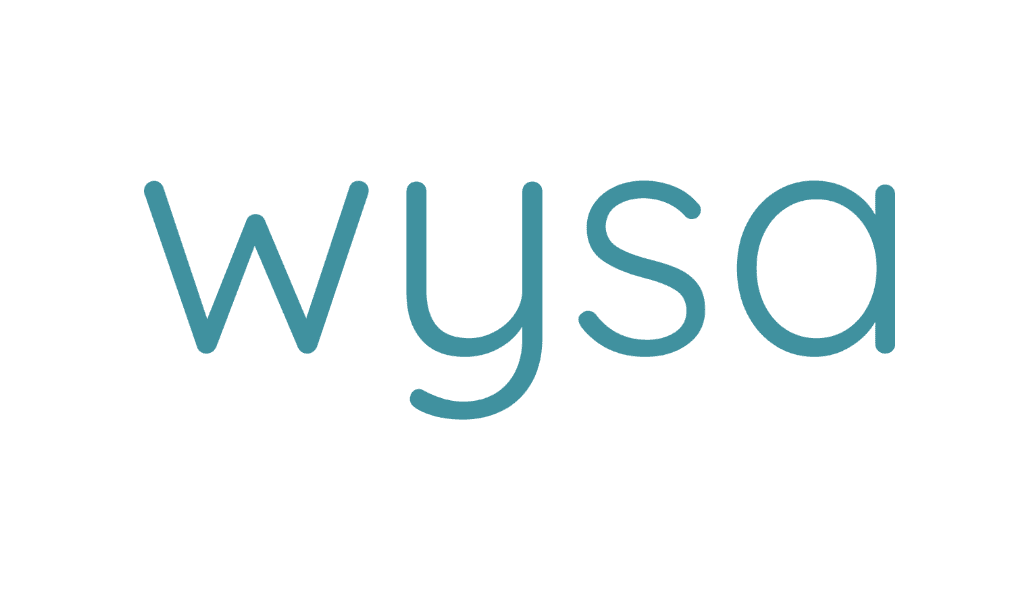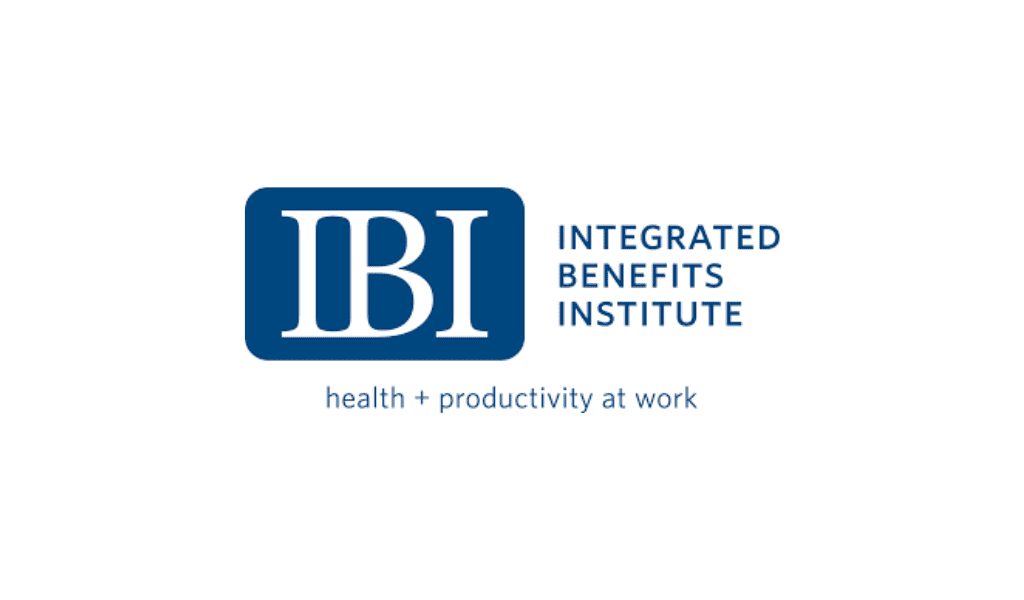How to spot and course correct toxic behavior.
By Theresa A. Dear
CHROs and CEOs are facing a rapidly changing work environment that includes workforce shortages, quiet quitting, return-to-work resistance, AI, DEI, and one of the big anomalies—the toxic employee. The presence of toxic employees has become more pervasive than ever before leaving leaders asking the questions: What comes first? Does a toxic culture create toxic employees? Or do toxic employees create a toxic culture?
In an interview with the American Society of Employers, Dr. Michelle K. Duffy, professor at the Carlson School of Management at the University of Minnesota, said “Toxic employees can affect each organization differently. But, in general, they have the ability to destroy the social fabric of the organization by creating friction, drama, tension, and hostility among other employees.”
Leaders should understand that a toxic employee is incessantly dissatisfied. They seek what is wrong, broken, inconsistent, and obsolete, and exploit these organizational issues with co-workers and attempt to engage others in cultivating a culture of blame and division against other people, teams, departments, or management. They also plant seeds of doubt, dissatisfaction, and distrust to build camaraderie, and align with allies to challenge decisions and leadership. Their focus is rarely on the customer, client, or patient, but rather their convenience and they advocate for accommodations that satisfy them. A toxic employee’s values are oftentimes misaligned with their employers.
Their behavior can be overt or subtle. Harmful overt behavior can include openly disrupting meetings, asking provocative or embarrassing questions, staging a walk-out in meetings, and overtalking and interrupting speakers. Subtle, but equally damaging and disruptive conduct can include sending provocative emails and copying leaders, posting negative and inaccurate comments and reviews on social media, spreading rumors, and working behind the scenes to manipulate and destroy initiatives leaders are trying to build. In both cases, toxic employees act as obstructionists and dissenters.

Harmful overt behavior can include openly disrupting meetings, asking provocative or embarrassing questions, staging a walk-out in meetings, and interrupting speakers. Subtle, but equally damaging and disruptive conduct can include sending provocative emails and copying leaders, posting negative and inaccurate comments on social media, and spreading rumors.
Steps to Combat Toxic Behavior
Organizations should create a hiring process in which panel interviews and situational questions are asked to assess values, toxic tendencies, and culture misalignment. Clear expectations about the workplace culture should be published, presented, and signed by each employee, and it should be made clear that disruptive conduct will have consequences leading up to termination.
Leaders should have conversations with toxic employees to assess if external personal factors are influencing their behavior and if the employment relationship is salvageable or suitable for their expression, needs, and values. Sometimes the culture may not be compatible with the personality, expressions, or values of the employee.
It is critical that leaders follow through and are consistent on accountability commitments. If they are not, it sends a message to toxic employees that their behavior is acceptable.
There are several instances in which a toxic employee can be terminated. For example, at Vivent Health, there is a published, unwavering commitment to DEIB. Vivent Health has a zero-tolerance policy, which requires immediate termination for the use of racial slurs, epiteths, and pejorative terms against other groups on any company-owned platform. When toxic employees use offensive terms against another community or group, the termination of employment happens immediately.
Toxic employees can be terminated during the probationary period if policy violations occur. If employers have implemented corrective action plans, but there has not been consistent improvement, the employee can be terminated while they are on a corrective action plan. If toxic behavior is disruptive to the business, causes financial loss, damages equipment, offends others, and negatively impacts the client, patient and employee experience, the employee can be terminated. The employee can also be let go for making false allegations and being an impediment to progress.
Don’t be afraid to flag if an employee consistently sends text messages during meetings. This shows a level of disinterest, disengagement, and disrespect. Also, look out for employees making inappropriate comments in the virtual chat, not responding to customer or client needs, consistently violating policies such as not having the camera on during meetings, not attending meetings on time, not logging in, and resisting engagement such as training, meetings, conflict resolution etc. There are also more obvious displays of toxicity that leaders can track such as a pattern of posting and deleting messages, taking screen shots of content and texting or forwarding it to others, name calling, bullying, sarcasm and joking about co-workers, customers and clients.
Every employee is a key stakeholder in developing a workplace culture free from toxicity. Teams need to own what is tolerated, encouraged, reported, and shutdown in the workplace, and companies should have established expectations and a strong investment in sustaining a positive workplace culture. Leaders must respond to toxic behavior and they should be trained to manage toxic employees and mitigate risk.
Theresa A. Dear is chief people officer of Vivent Health.














